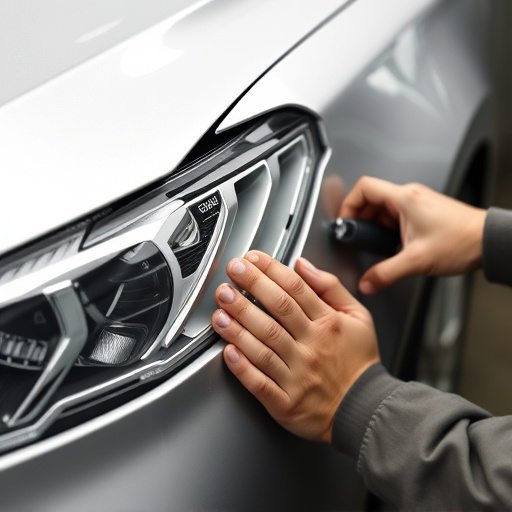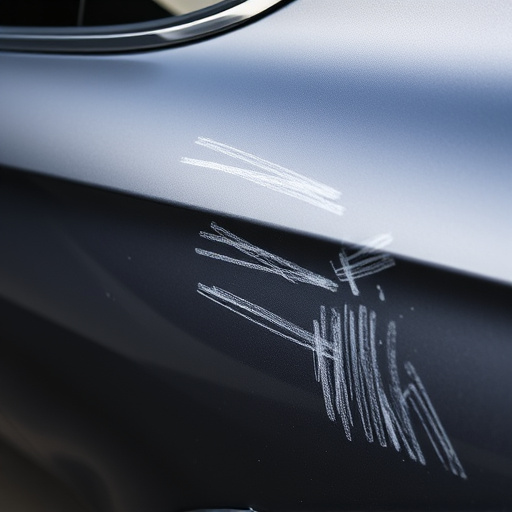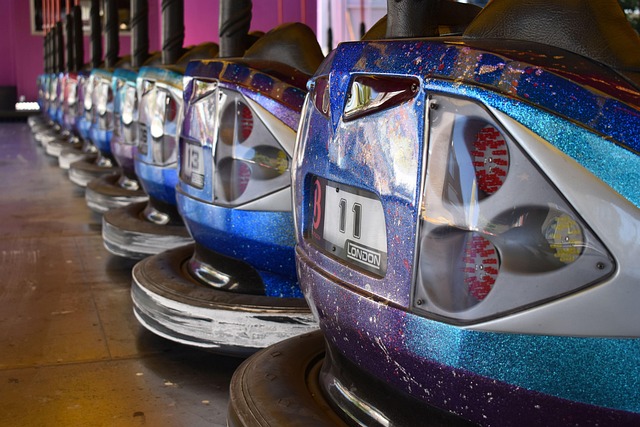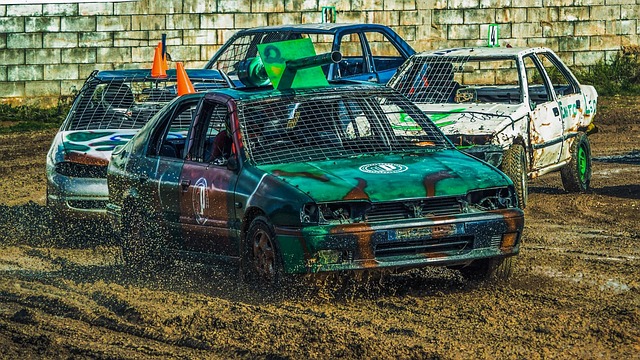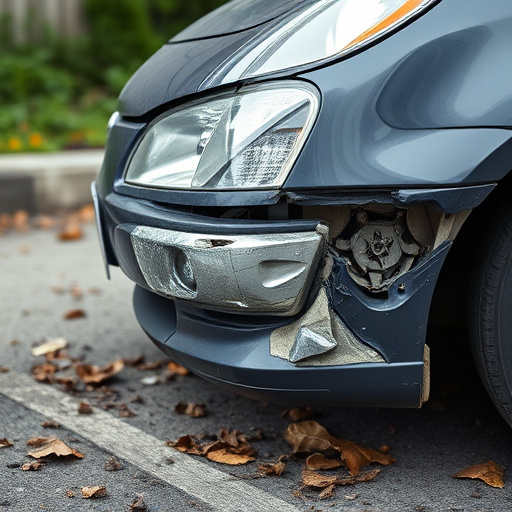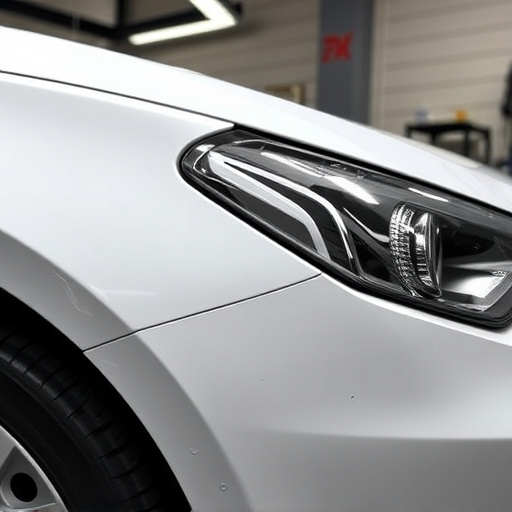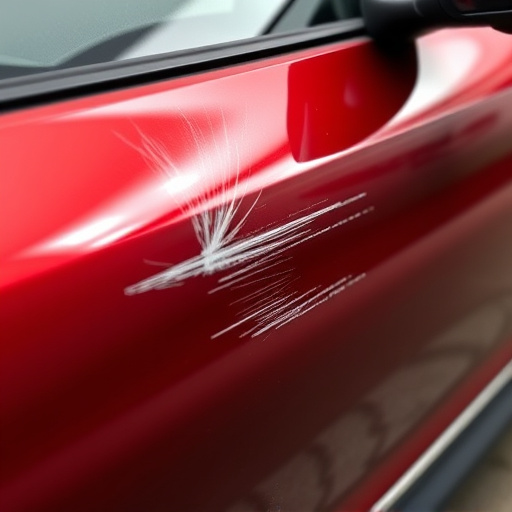A "Tesla totaled vehicle assessment" is a crucial process for determining the feasibility and cost of repairing damaged electric vehicles, focusing on critical systems like the Body Control Module (BCM). Experts thoroughly inspect for both visible and hidden damage, considering collision severity, pre-existing conditions, and structural integrity. The assessment ensures safety and aligns with Tesla's high technology standards, impacting valuation, transactions, and repairability.
In the automotive sector, especially within the niche of electric vehicles, understanding Tesla totaled vehicle assessment is paramount. This comprehensive guide delves into the intricate process, beginning with defining and emphasizing its significance in the industry, particularly for Tesla’s unique ecosystem. We explore key factors that shape initial damage evaluations, setting the stage for a deeper analysis. Subsequently, we dissect the Body Control Module (BCM), unraveling its critical functions and the potential ripple effects of damage. Through a step-by-step assessment process, advanced diagnostic tools, and repair strategies, this article offers valuable insights into restoring totaled Tesla vehicles to their optimal performance and safety standards.
- Understanding Tesla Totaled Vehicle Assessment
- – Definition and significance of totaled vehicle assessment in the automotive industry specifically for Tesla vehicles.
- – Key factors considered during initial damage evaluation.
Understanding Tesla Totaled Vehicle Assessment
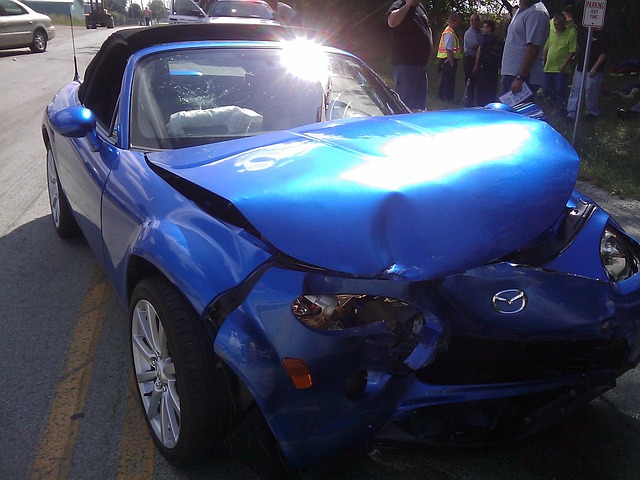
When a Tesla experiences significant damage, such as being totaled from an accident, understanding the assessment process is crucial for owners and potential buyers alike. A thorough Tesla totaled vehicle assessment involves evaluating every component of the car to determine its viability for repair or replacement. This meticulous analysis includes examining the Body Control Module (BCM), which acts as the brain of the vehicle’s safety systems, including airbag deployment and crash sensitivity.
The vehicle restoration or auto body repair process begins with this assessment, where specialized technicians scrutinize the BCM to ensure it functions correctly. If found damaged beyond repair, replacement is necessary, as the BCM plays a vital role in the overall safety of the Tesla. This analysis is not just about aesthetics; it’s about ensuring the vehicle’s safety systems are reliable and ready for the road.
– Definition and significance of totaled vehicle assessment in the automotive industry specifically for Tesla vehicles.
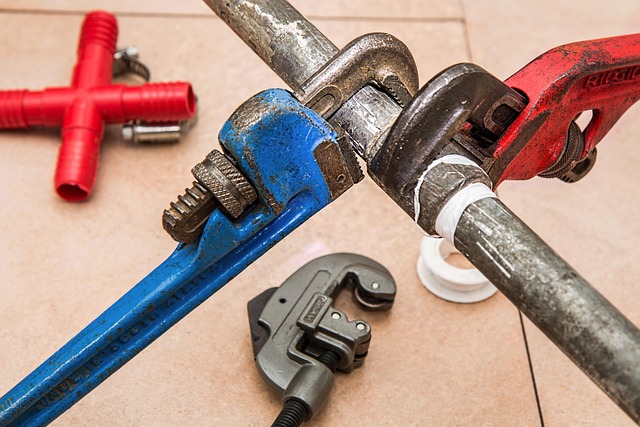
In the automotive industry, a Tesla totaled vehicle assessment is a critical process that evaluates the condition and value of a damaged or crashed Tesla car. This meticulous evaluation is essential for several reasons, particularly in the unique context of electric vehicles (EVs) like those produced by Tesla. A thorough assessment ensures that potential buyers and insurance companies accurately understand the extent of damage, thereby facilitating fair transactions. It also plays a crucial role in determining the feasibility of repairs, which can be more complex for EVs due to their advanced technology and specialized components.
For Tesla vehicles, this process involves not just examining the exterior and interior but also scrutinizing critical systems such as the battery pack, motor, and power electronics—components that are central to the car’s performance and safety. Moreover, assessing the Body Control Module (BCM), a key component that manages various electronic functions of the vehicle, is paramount. Damage to the BCM can compromise not just the car’s operational capabilities but also its overall safety features, underscoring the importance of specialized assessment and potential repair services, including car paint services and auto bodywork, to restore the vehicle to its optimal condition.
– Key factors considered during initial damage evaluation.

During a Tesla totaled vehicle assessment, several critical factors come into play when determining the extent of damage and feasibility of repair. The initial evaluation involves meticulous inspection to identify not only visible impacts but also potential hidden damage. This includes scrutinizing the vehicle’s body panels, frame integrity, and the condition of essential electronic components, especially in the advanced Tesla models known for their sophisticated technology.
Key considerations include the type and severity of the collision, as well as pre-existing conditions that might complicate repair processes. Skilled assessors will check for issues like misalignment, dents, crushed or torn panels, damaged or missing trim pieces, and compromised structural integrity. Additionally, they’ll analyze the Body Control Module (BCM), a central computer unit managing various safety and comfort functions, to ensure its proper functioning after an automotive collision repair, ensuring the vehicle is safe and roadworthy upon restoration.
Tesla totaled vehicle assessments play a crucial role in understanding and maximizing the value of damaged cars, especially within the unique ecosystem of electric vehicles. By meticulously evaluating each component, including the Body Control Module (BCM), professionals can determine the feasibility of repair or recycling, ensuring responsible end-of-life management for these innovative vehicles. This process not only benefits buyers looking for affordable repairs or parts but also contributes to a more sustainable automotive industry.
